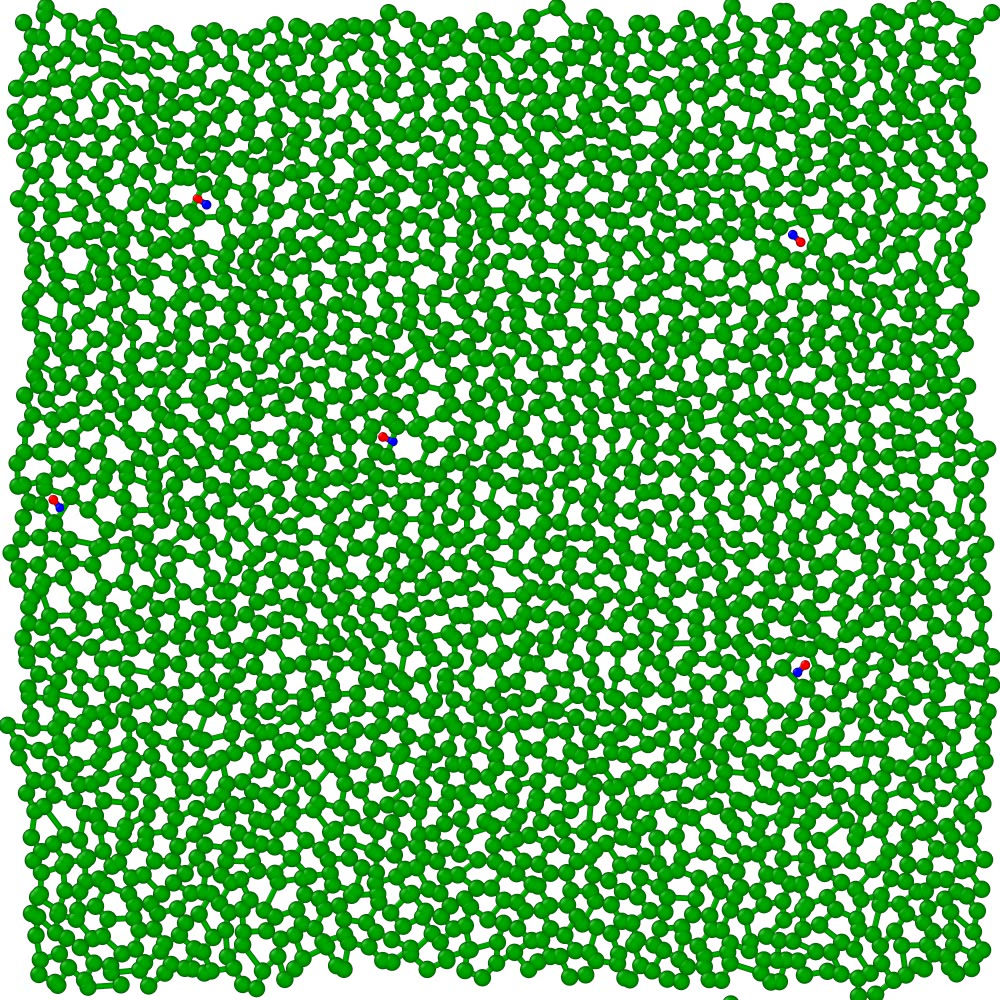
Statistical Mechanics of active polymers:
In a typical single molecule experiment, the dynamics of an unfolded protein is studied by determining the reconfiguration time using long-range Forster resonance energy transfer, where the reconfiguration time is the characteristic decay time of the position correlation between two residues of the protein. We have theoretically calculated the reconfiguration time for a single flexible polymer in the presence of active noise. The study suggests that though the mean square displacement grows faster, the chain reconfiguration is always slower in the presence of long-lived active noise with exponential temporal correlation. Similar behavior is observed for a worm-like semiflexible chain and a Zimm chain. However it is primarily the characteristic correlation time of the active noise and not the strength that controls the increase in the reconfiguration time. In brief, such active noise makes the polymer move faster but the correlation loss between the monomers becomes slow. More recently we have analyzed the dynamics of the tagged monomer subjected to a Gaussian as well as a non-Gaussian active noise. An intermediate time superdiffusive motion emerges due to activity. Very recently, our theoretical predictions have been confirmed experimentally.

Relevant Publications:
1. Reconfiguration, swelling and tagged monomer dynamics of a single polymer chain in Gaussian and non-Gaussian active baths - Koushik Goswami, Subhasish Chaki and Rajarshi Chakrabarti, J. Phys. A: Math & Theo.. 55, 423002 (2022). (Invited Topical Review).
2. Enhanced diffusion, swelling and slow reconfiguration of a single chain in non-Gaussian active bath - Subhasish Chaki and Rajarshi Chakrabarti, J. Chem. Phys. 150, 094902 (2019).
3. Chain reconfiguration in active noise - Nairhita Samanta and Rajarshi Chakrabarti, J. Phys. A: Math & Theo. 49, 195601 (2016). (This article has received the top cited author award in Mathematics from India).
